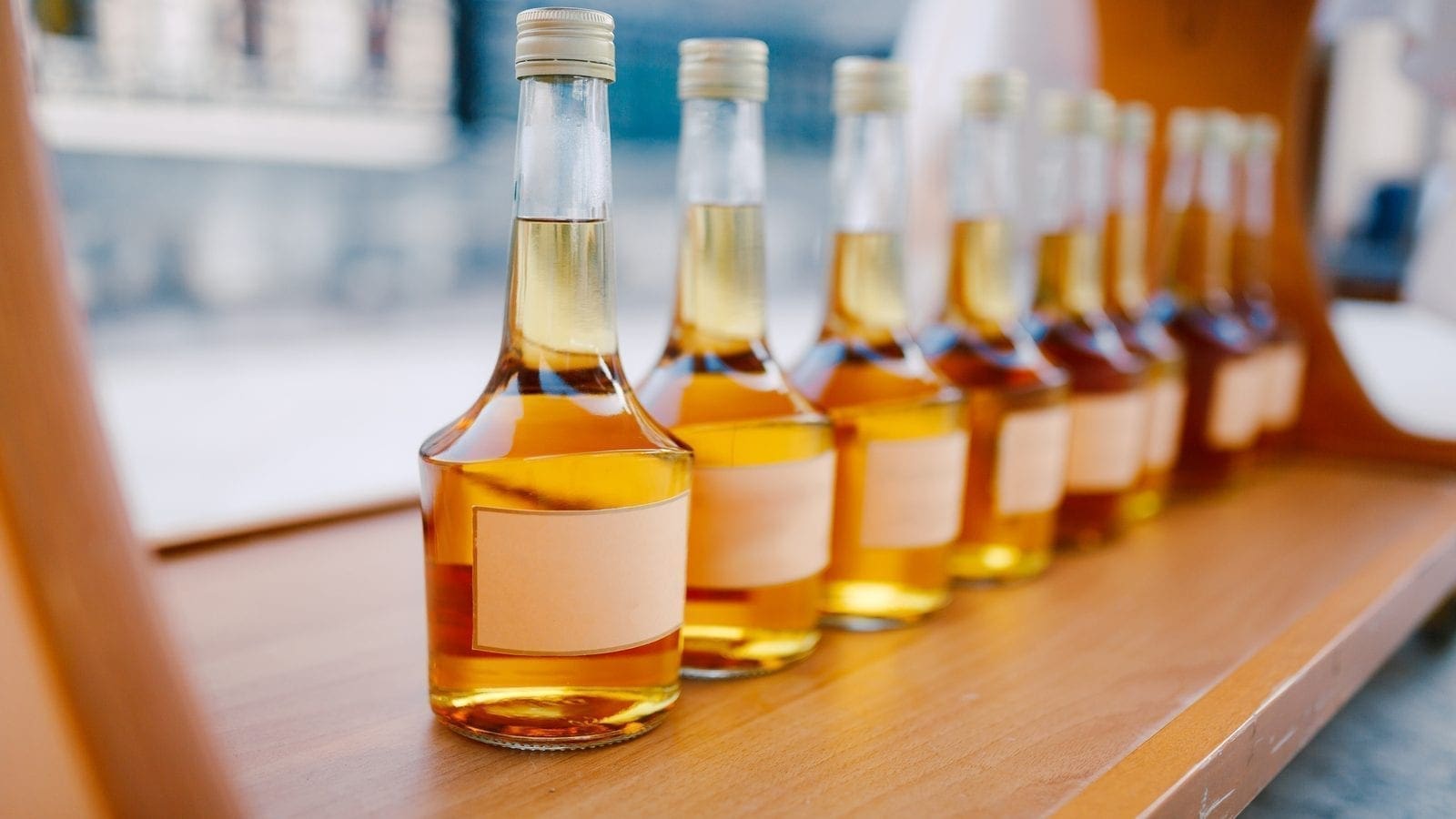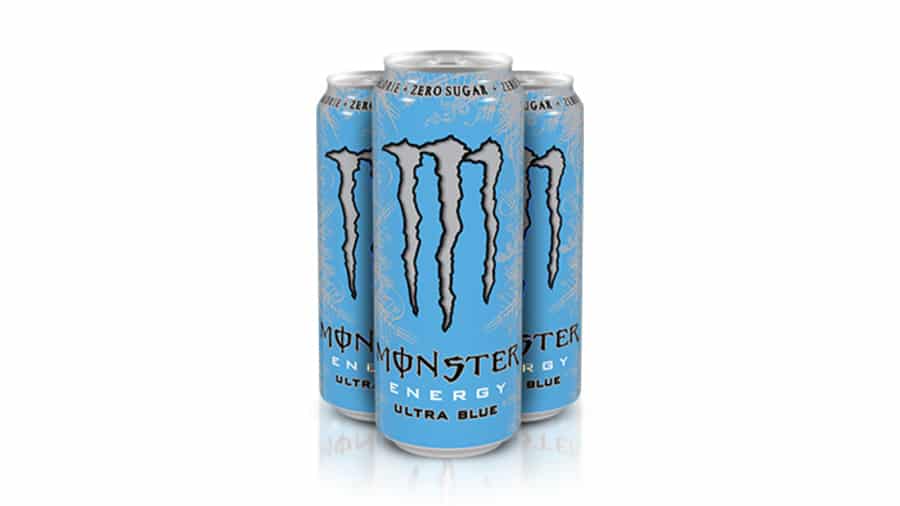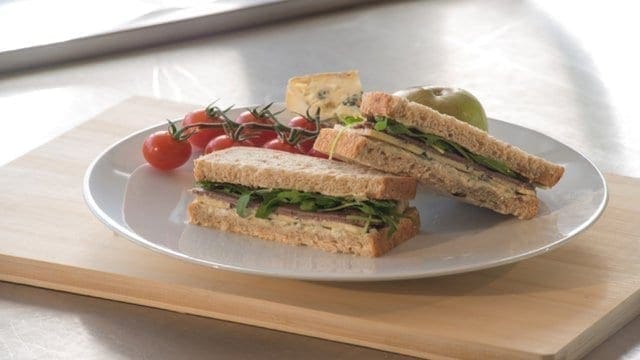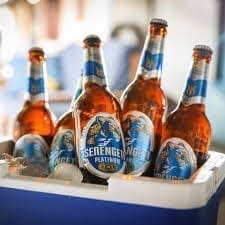UK – The British Wine and Spirit Trade Association has produced new guidance around the labelling of low and no alcohol drinks which are marketed as alternative or substitute for an alcoholic spirit drinks.
A statement from the WSTA stated the guidance has been produced in partnership with the WTSA’s Primary Authority Trading Standards Partners, and at the behest of both retailers and producers.
The new guidance applies to low and no alcohol drinks that are packaged and marketed as a substitute or alternative to spirit drinks.
According to the new guidance low and no alcohol beverages should be labelled in accordance with the Food Information to Consumer Regulation 2011.
The guidance further noted that members must also consider the restrictions within the Spirit Drinks Regulation 2008 and the Nutrition and Health Claims Regulation 2006 when labelling their products.
It further required that low and no alcohol products must have a descriptive name that accurately describes the true nature of the drink to consumers.
Under the new set of rules, reference to a protected category name within this descriptive name, or any other marketing text, cannot be made unless: the drink contains the category defined spirit drink as an ingredient; and it is clear that the category defined spirit drink is simply an ingredient within the product.
It further noted that the name, and other marketing text, must not imply that the low/no alcohol beverage is a low/no alcohol version of a defined spirit drink.
“The non-alcoholic spirits category is already growing fast, and with 30 per cent of all consumers seeking to moderate there’s no reason to doubt projections of continued growth of ~25% over the coming years.”
Jonny Peacock, Strategy and Transformation Director for Pernod Ricard UK.
The new guidance on labelling of low and no alcohol drinks comes at a time when a record number of Brits are exploring low and no products while those from alcoholic drinks plummet.
Jonny Peacock, Strategy and Transformation Director for Pernod Ricard UK, said: “The non-alcoholic spirits category is already growing fast, and with 30 per cent of all consumers seeking to moderate there’s no reason to doubt projections of continued growth of ~25% over the coming years.”
“This move is welcome as it ensures clarity and certainty for producers and consumers as they increasingly engage in the category.”
The latest data from the WSTA Market Report shows that overall alcohol sales are down compared to the same 12-month period last year.
Wine and beer sales have dipped and overall, spirit sales are flat. Wine, the nation’s most popular drink, has seen a 5% decline in sales despite the boost in online deliveries.
With the popularity of the low and no alcohol category at an all-time high, many new products that closely resemble their alcoholic counterparts are coming into the market.
WSTA says its new guidance aims to establish acceptable legal names, marketing text and general labelling requirements for low and no alcohol drinks.
This, according to the association, will help ensure clarity and certainty for producers that they are labelling and marketing their products in the correct way.
It also looks to boost confidence for consumers in the category, helping them make informed purchasing decisions through clear, accurate, and consistent labelling.
Liked this article? Subscribe to Food Business Africa News, our regular email newsletters with the latest news insights from Africa and the World’s food and agro industry. SUBSCRIBE HERE











